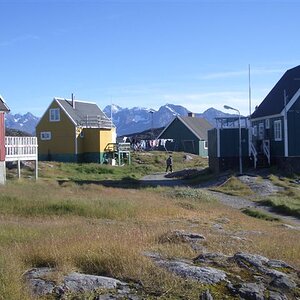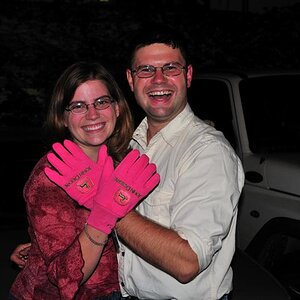TamiyaGuy
No longer a newbie, moving up!
- Joined
- Jun 25, 2007
- Messages
- 1,078
- Reaction score
- 0
- Location
- Chelmsford, UK
- Can others edit my Photos
- Photos OK to edit
Crank the ISO sensitivity as much as you can (in your case, it'll either be 1,600 or 3,200), brace yourself of a wall of bench, or failing that, stand very firmly, with your elbows by your waist and with one foot slightly in front of the other, hold your breath, and hope for the best  .
.
BTW, I've tried that $1 image stabiliser (55p in my case), and it doesn't really work. IS also really helps.
BTW, I've tried that $1 image stabiliser (55p in my case), and it doesn't really work. IS also really helps.


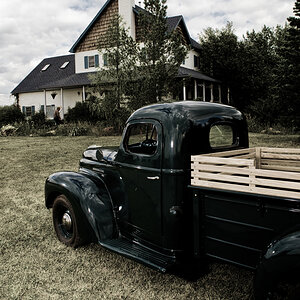
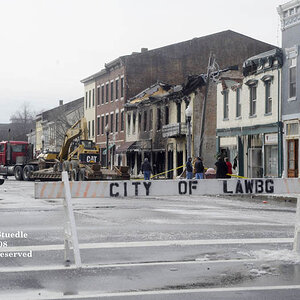
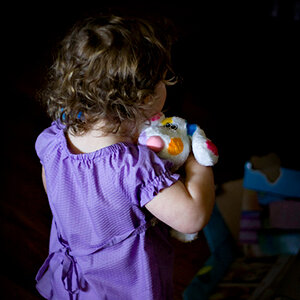
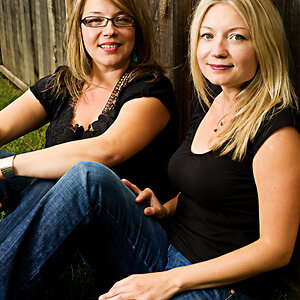
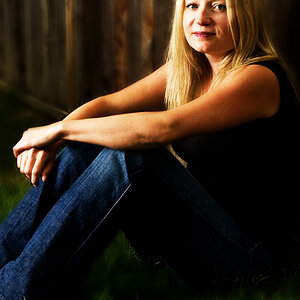

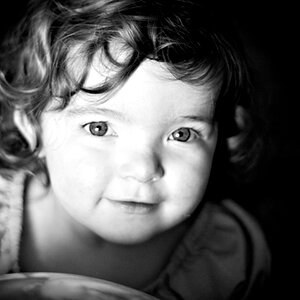
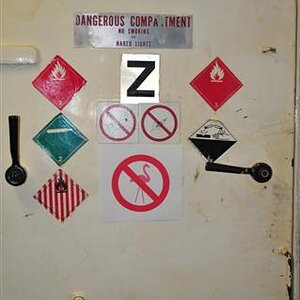
![[No title]](/data/xfmg/thumbnail/31/31050-824a861ee359cd274a794fc7b9ff8f7b.jpg?1619734588)
